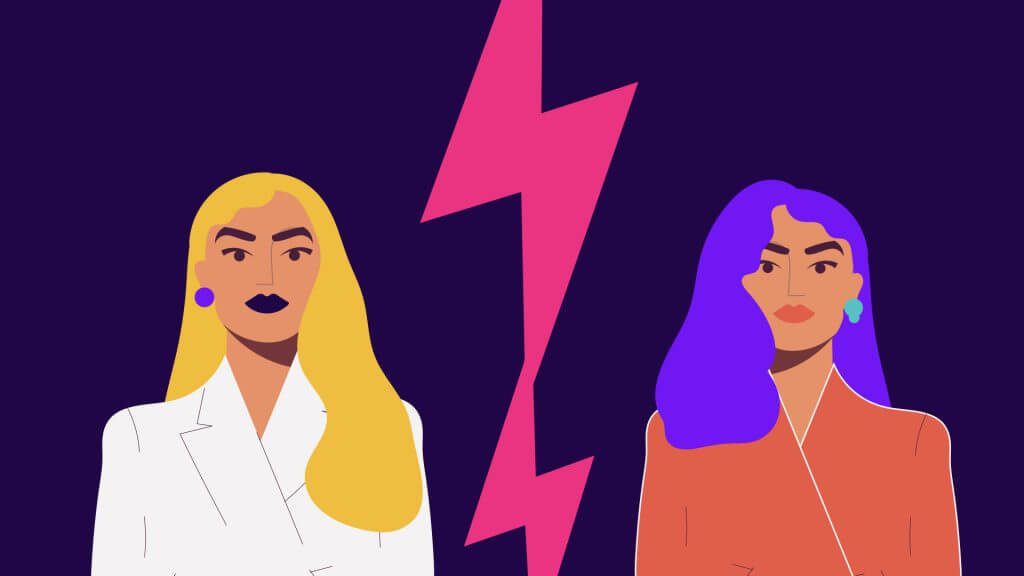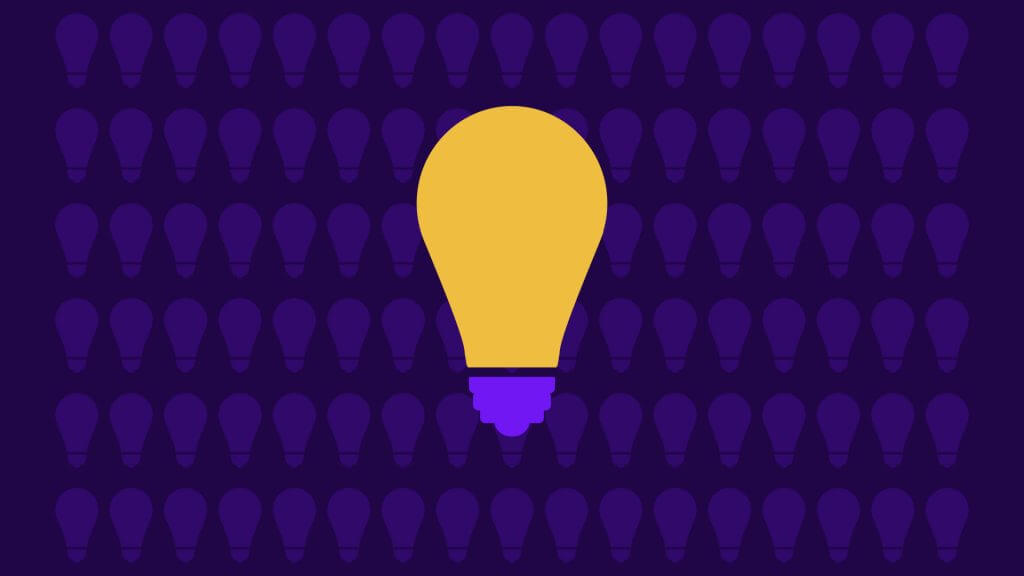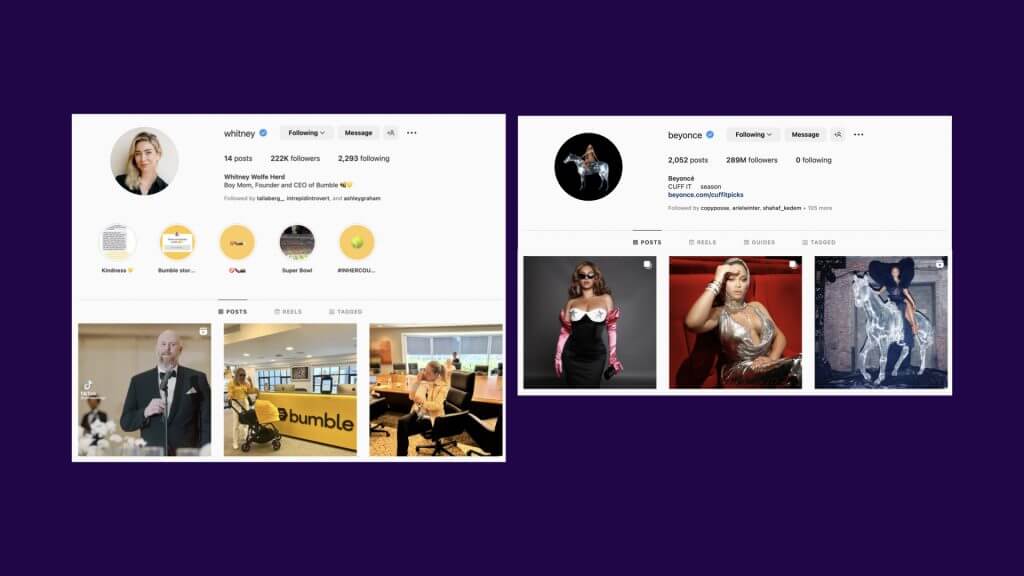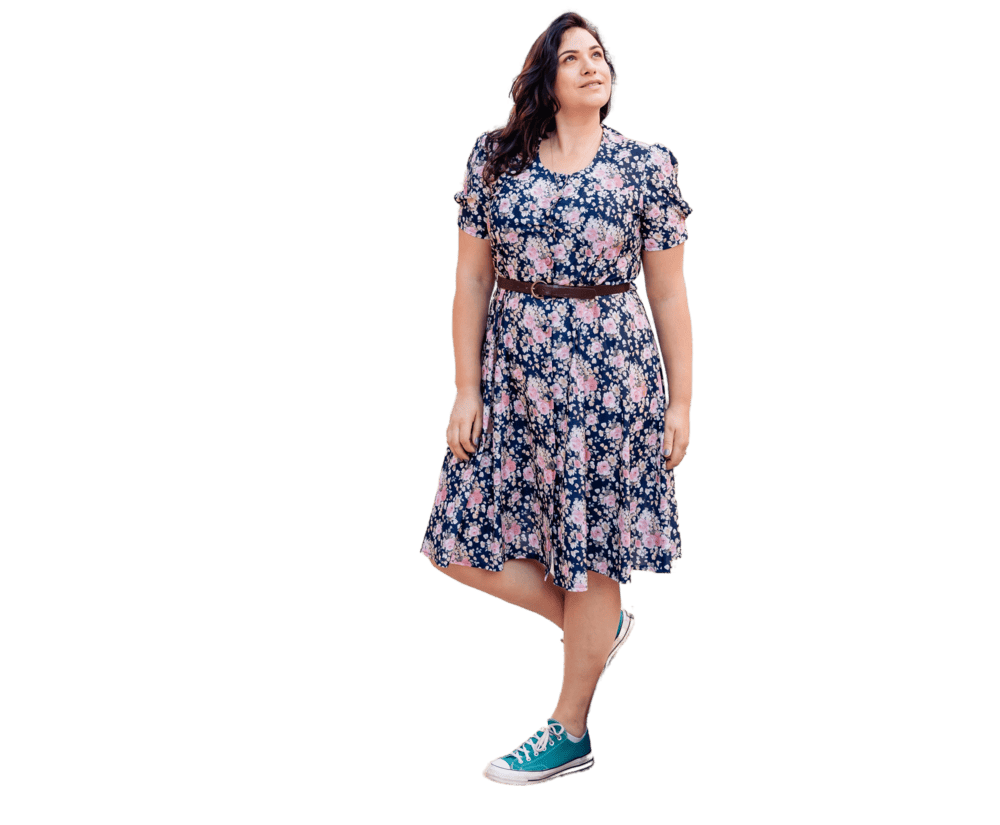What is business storytelling?

Business storytelling is the cornerstone of a brand or business sharing its values, messages, and experiences under a joint narrative that resonates emotionally with the audience. In other words, business storytelling allows brands to a story and emotionally engage with the audience, motivating them to take action and become ambassadors.
Business storytelling serves as the foundation for a brand or business to express its values, messages, and experiences through a collective narrative that resonates emotionally with the audience. In simpler terms, using business storytelling enables brands to craft a story and emotionally engage with their audience, motivating them to take action and become advocates.
In my experience working with organizations and small businesses in Israel, I’ve observed a tendency to overlook the importance of brand loyalty in the local context. While some clients may focus on global markets for substantial revenue, the compact size of the Israeli market emphasizes the need for brands to actively contribute to long-term trust-building.
This isn’t just about survival; it’s about thriving. Establishing a connection with customers and fostering trust not only makes the brand memorable but also opens doors for collaboration or purchases. In today’s digital age, where we are bombarded with information on social media for hours each day, advertising and marketing often become mere background noise that people scroll past. A compelling and authentic story, tailored to the audience, becomes a powerful tool to cut through this noise, capturing the attention of customers and fostering a desire to stay loyal to the brand over time.
In essence, business storytelling is about defining your brand while creating an emotional bond. It goes beyond typical advertisements or marketing strategies; it’s a continuous process that aims for a lasting impact.
Building long-term relationships
Research indicates that when we listen to a story, various areas of our brains related to experiences and emotions are activated. While one might assume that only the linguistic part responsible for interpreting the content is at play, it turns out that the entire emotional and experiential realm is engaged. Words, when skillfully connected, have the power to convey a genuine experience.
Metaphors, in particular, evoke sensory responses. Phrases like “I felt like I was 16 again” not only convey a message but also stimulate the listener’s brain. The use of action words, such as “the team worked together like a perfect beehive,” activates the motor cortex, enhancing message retention.
When our audience retains and recalls our story, a relational connection begins to form. Emotional engagement occurs, and as we consistently convey our values and personality through repetitive messages, a lasting relationship is cultivated.
Recognizing the importance of stories in capturing audience attention, the next step is to dive into the art of creating emotional connections that make them remember us specifically.

Give them conflict – keep them in suspense.
In our fast-paced world of instant gratification, dominated by platforms like Instagram and TikTok, our attention spans have become notably brief. We’ve grown accustomed to content hooks that draw us in, but the challenge lies not just in pulling the audience in initially but in sustaining their curiosity.
It’s crucial to distinguish between one-time storytelling, often found in presentations or lectures with a clear beginning, middle, and end, and the ongoing narrative essential for business storytelling and long-term brand building.
When crafting business storytelling for our venture, I emphasize the creation of what I call a “multi-platform click.” Essentially, this involves strategically placing teasers on social media to guide our audience from one platform to another, leading them from an article to a landing page, from TikTok to Instagram, and finally from Instagram to a sales page.
In simpler terms, it’s like crafting trailers for our content.
A teaser on Instagram with a link in the bio.
A Facebook post featuring a link in the first comment.
The key is to generate interest gradually, providing points of satisfaction and value delivery to consistently engage our audience. Throughout this process, it’s imperative to ensure that our values, the audience we are addressing, and our journey remain integral components of the content. This, in essence, is the story of our brand.

Inspiration is a terrible word, but your audience loves it.
In our current world, everyone feels a sense of importance, and to some extent, its true. A simple click allows us to share experiences, critique influential figures, and impact successful businesses. Dreams are ubiquitous as well.
Understanding our customers’ dreams, aspirations, and desires positions us as a bridge to help them achieve those aspirations.
When it comes to content, there are two distinct types, each narrating a unique story about your brand.
Empowering content that shares a personal example, letting your audience appreciate your achievements and what you represent for them.
Useful and practical content gives your audience with tools to achieve results, positioning you and your brand as an authority.
While many people tend to focus on one of these content types, the most pivotal, in my view, combines showcasing expertise not just to provide tools but also to reveal how they were employed and contributed to personal growth. This narrative tells a story not only of authority but also of a well-rounded character—a story of overcoming obstacles, learning, and fostering emotional connections.

Don’t be Beyoncé, be Whitney Wolfe.
Not because Beyoncé isn’t amazing, but because I see Beyoncé, the brand, as distant.
Despite her millions of followers, Beyoncé doesn’t follow anyone on Instagram, not even Jay-Z. There’s a statement in that. There’s distance. There’s a message that says, “I’m better than you,” even if she doesn’t use those words.
As a small business owner, I don’t have the privilege of being elusive. I don’t get to be some untouchable figure.
On the contrary, my audience expects me to understand them, to know their experiences, and, in many cases, to be someone who has overcome the obstacles they face today.
Let’s take Bumble, for example, the second most successful dating app in the United States after Tinder.
The founder, Whitney Wolfe Herd, used to be the marketing vice president of Tinder. After suing the company for sexual harassment by one of its executives, I won a lawsuit and received compensation of just over a million dollars. When I founded Bumble, I decided to differentiate it with a feminist statement – only women can initiate contact with men through the app.
I chose to give women control over the interaction, something I was deprived of when working at Tinder.
I used my personal struggle to connect with a significant target audience.
And it worked.
Not only is the app exploding with users, but I am also the youngest self-made billionaire in history.
So, what does this mean for me?
I need to find the journey I’ve been through, identify its victory point, and translate it into value for my audience.
I can help them connect with my journey from a feeling that they, too, would like to walk in my shoes.

Find the differences between the two brands and their accessibility to the audience from Beyoncé’s Instagram and Whitney Wolfe Herd’s Instagram.
How to create an amazing business storytelling?
Direction of the “Flow”
Let’s think about the broader context of my story. What messages and values do I want to convey to resonate best with my audience? Once I’m clear on what I want people to understand about me, I’ll figure out the right perspective to tell the story and the flow to use.
Captain Hook
A strong start, or as we call it, a hook, is crucial to grab the attention of your audience. Aim to craft a unique and captivating hook that makes them eager to hear more of your story. In my promotional video, I kick things off with the question, “Have you already heard the term ‘business storytelling’…” complemented by engaging music.
Sustained Curiosity
Even if I suggest your brand should be seen as approachable (while being mindful of your values, of course), let’s add a touch of mystery. Let’s be clever about creating curiosity—sprinkling hints beforehand and building suspense to keep them hooked. Think back to those evening soap operas on channel 3 or any popular series you enjoy. They always leave you on the edge of your seat, right? That’s the vibe we’re going for.
Ever heard of the storytelling technique “Creating Tension and Resolving It”? It’s a real game-changer. If there’s a point of tension left hanging without an answer, we risk losing interest. On the flip side, if we spill the beans on the tension or curiosity too soon, it loses its charm.
The knack lies in cultivating curiosity and a craving to know more, just like handling and sparking curiosity in different phases.
Brands pull this off in ads, campaigns, or messages all the time. Take Apple, for instance. They build up anticipation for their September conference, dropping hints, leaks, and speculations about what’s coming. The tension peaks at the big event.
Before Tal Moskovich and I launched our podcast “Between Worlds,” we kicked off a storytelling campaign. We got people guessing what we were up to, and once the suspense hit its peak, we revealed it was a podcast. That sparked a flood of questions, and when we answered them, the result was incredible—nearly 600 listens within the first 24 hours of the first episode. Cool, right?
Who’s the Hero?
In storytelling, the true heroes are always the audience. Whether we weave our own experiences or use another character, the key is to make the audience feel like the main focus. It’s all about them—understanding them, talking about them.
When we place the audience at the center and cater to their needs, our story resonates better. That’s why the devil’s in the details, and personalization is a must. The magic lies in empathizing with their situations, making things relatable, and ensuring accessibility. It’s this connection that’s truly irreplaceable.
Conflict or Process
An engaging story unfolds with a captivating plot, featuring a compelling conflict or a transformative journey where the hero emerges as a better version of themselves.
Now, when I mention “conflict,” I understand that some clients fear it means getting into controversial or political territory. That’s not a necessity.
A powerful conflict could be something like Vivianne Wolfe-Harte overcoming workplace harassment, finding victory in Ambu. Or, on a smaller scale, facing the dilemma of staying an employee or going freelance, discovering strength in storytelling.
Conflicts and journeys can be grand or subtle, but the real magic lies in how we craft the story around them—the seamless flow we discussed earlier.
Every event becomes a story goldmine when presented from the right angle and placed in contexts that resonate with the audience. It’s all about making those connections that matter.
Language
Interesting descriptions and language that allows our audience to imagine are preferred. Use location, time, descriptions of colors, tastes, smells, and sights to make your audience feel like they are part of the experience.
Tell Your Story
A few weeks back, one of my clients argued against having an “About” page on the website. I stood my ground, saying it’s crucial. Even if not everyone clicks on it, it’s a spot where we can shape our story.
Curious about crafting a killer “About” page? Get the scoop here.
But hey, the “About” page isn’t the only spot for our story.
Once we nail down our story—what makes it pop, the key moments, and the vibe it carries—we can share it in presentations, with clients, among colleagues, on social media, and in regular posts that echo those values. Sprinkle it in our promos, weave it into videos—basically, everywhere.
Before you figure out the nitty-gritty of your story, just let it flow.
Ever thought about doing case studies? Showcasing your work with clients is a great way for others to grasp what makes you tick and the value you bring to the table.
It’s always good 😊







